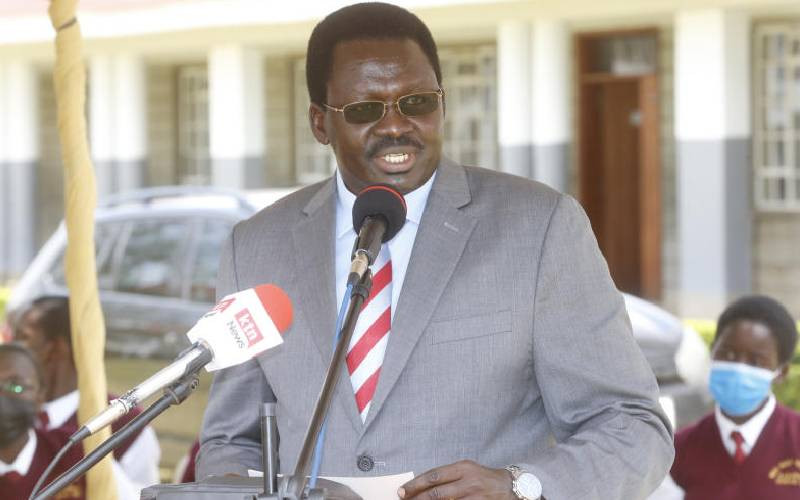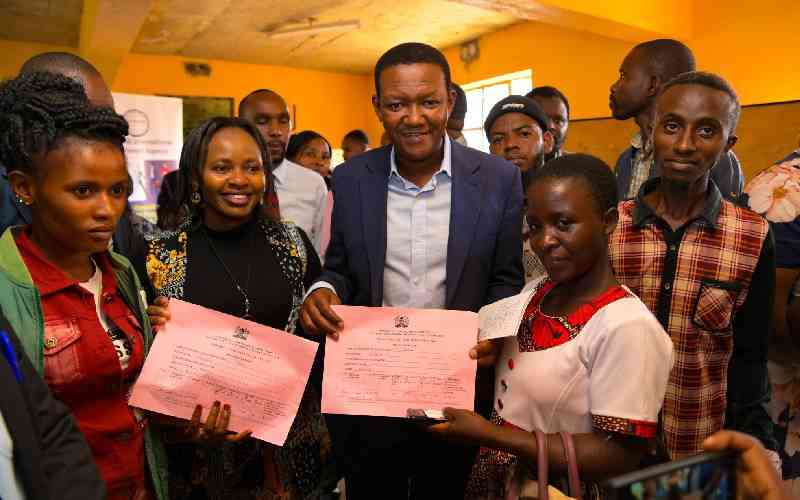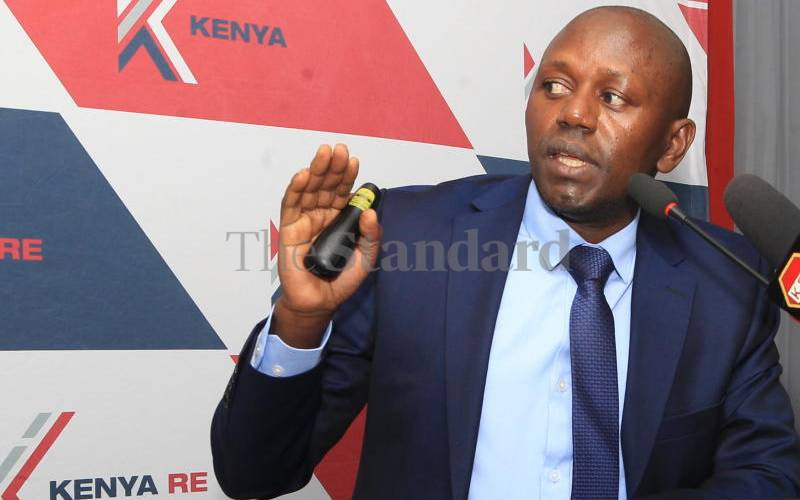Kenya’s political and economic power will shift dramatically in the next few years.
In the past, both powers moved in tandem; those who wielded political power wielded economic power, too. The state was the shortest route to economic power.
Up until multipartyism in the1990s, political power was easy TO acquire; you just needed to get into the right political party and make the right connections, particularly with party functionaries who had access to the head of state and other power wielders.
Increased access
Voting could be manipulated, so extending the stay of political power wielders was easy. Recall the mlolongo system?
A longer stay in politics meant increased access to economic power. You could easily get land at the whim of power wielders. That is how huge tracts of public land got into private hands. That land transfer might remain one of the greatest wealth transfers in Kenya’s history, only rivalled by land taken over by colonial rulers through agreements and other means in the last century.
Political power could give you jobs. That is how we got a bloated civil service, and this is sadly being replicated in the devolved units.
Through political connections, you could access loans. Banks started hawking loans only recently. Entrepreneurs became spectators in the economic arena. Why crack your head looking for new ideas and innovations when political connections could fix everything?
This symbiotic relationship between economic and political power lasted until multipartyism.
Political power was to be dispersed among political parties, which led to the creation of many associations. Economic power remained with its wielders, the reason all the noise over multipartyism soon died and the same actors remained on the stage.
The political power wielders owning small parties realised quickly they needed economic power to further their political interests. Parties started dying; only those with funders have remained.
Then came the 2010 Constitution, which dispersed political power to the counties.
It also dispersed economic power by ensuring a minimum amount of revenues collected by the national government is distributed to the counties. Without economic power, governors’ political power would be stale.
It is no wonder senators want to be governors — economic power is the bait. Other representatives also want economic power. MPs want to control the Constituency Development Fund; MCAs and Women Reps also want some economic power.
What does this mean in the long run?
Stay informed. Subscribe to our newsletter
It seems that despite multipartyism and a new Constitution, the Gordian knot between politics and economics could not be untied.
Will it always be this way?
It will change. And dramatically. It will leave some Kenyans gasping for breath. Here is the envisaged scenario.
Jubilee won in the last election because it had the numbers, despite the results being contentious. The votes came from heavily populated regions in the former white highlands, Central Kenya and Central Rift Valley. Using population trends, these regions will remain the main determinants of who wields political power, either directly or through alliances.
Family planning
Unless there is mass industrialisation, education or family planning, the population will keep growing and the reservoir of voters will leave politicians’ mouth watering.
The key shift will be in economic power. The highly populated regions or counties lack the most critical factor of production — land.
While Central Kenya and Central Rift Valley have the voters, land has been fragmented. The same applies to some parts of Western Kenya. Can you get 1,000 acres to give investors in, say, Nyeri or Vihiga? This, however, would be very easy to get in the formerly ‘poor’ counties in arid and semi-arid areas.
Investors are usually politically neutral and will go to counties where land is cheap and easily available. That is why most industries are located along Mombasa Road, in Machakos and Kajiado. Expect more locations as Northern Kenya is opened up through road construction and oil.
The other factors of production are location neutral. Capital can be easily relocated, as can entrepreneurship and labour. In the long run, investors will shift to counties that have cheap land and bring in other factors. I am amazed by the acres of empty land in some parts of the country, and the overcrowding in others.
Over the next 50 years, the economic dominance of traditional counties (name them ...) will diminish as new economic centres arise.
A dichotomy will arise; some regions will dominate the country politically by voting in leaders because of their high population, while others will lead in investment and economic growth.
What keeps politicians awake at night is that economic power now leads to political power. In the Kanu era, it was the opposite. Will the new economic centres (like Machakos and, soon, Turkana) start wielding political power?
It might not be an exaggeration to suggest the political map of Kenya will soon change significantly. The change will be driven by new economic realities buttressed on devolution, political legacy and (in whispers) oil. Are we ready?
The writer is senior lecturer, University of Nairobi.
 The Standard Group Plc is a
multi-media organization with investments in media platforms spanning newspaper
print operations, television, radio broadcasting, digital and online services. The
Standard Group is recognized as a leading multi-media house in Kenya with a key
influence in matters of national and international interest.
The Standard Group Plc is a
multi-media organization with investments in media platforms spanning newspaper
print operations, television, radio broadcasting, digital and online services. The
Standard Group is recognized as a leading multi-media house in Kenya with a key
influence in matters of national and international interest.
 The Standard Group Plc is a
multi-media organization with investments in media platforms spanning newspaper
print operations, television, radio broadcasting, digital and online services. The
Standard Group is recognized as a leading multi-media house in Kenya with a key
influence in matters of national and international interest.
The Standard Group Plc is a
multi-media organization with investments in media platforms spanning newspaper
print operations, television, radio broadcasting, digital and online services. The
Standard Group is recognized as a leading multi-media house in Kenya with a key
influence in matters of national and international interest.






